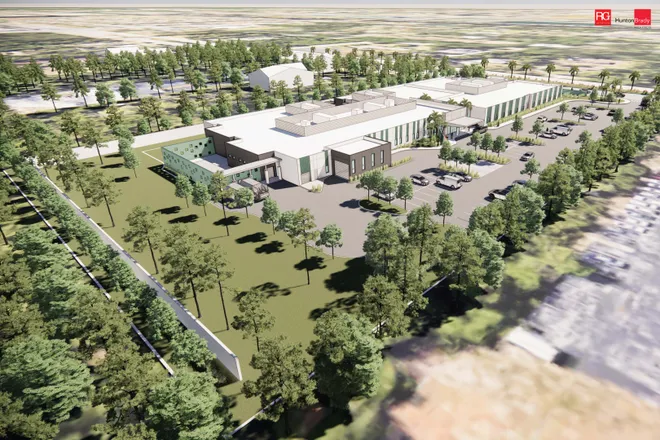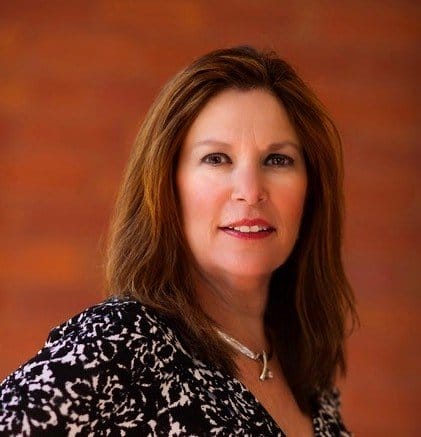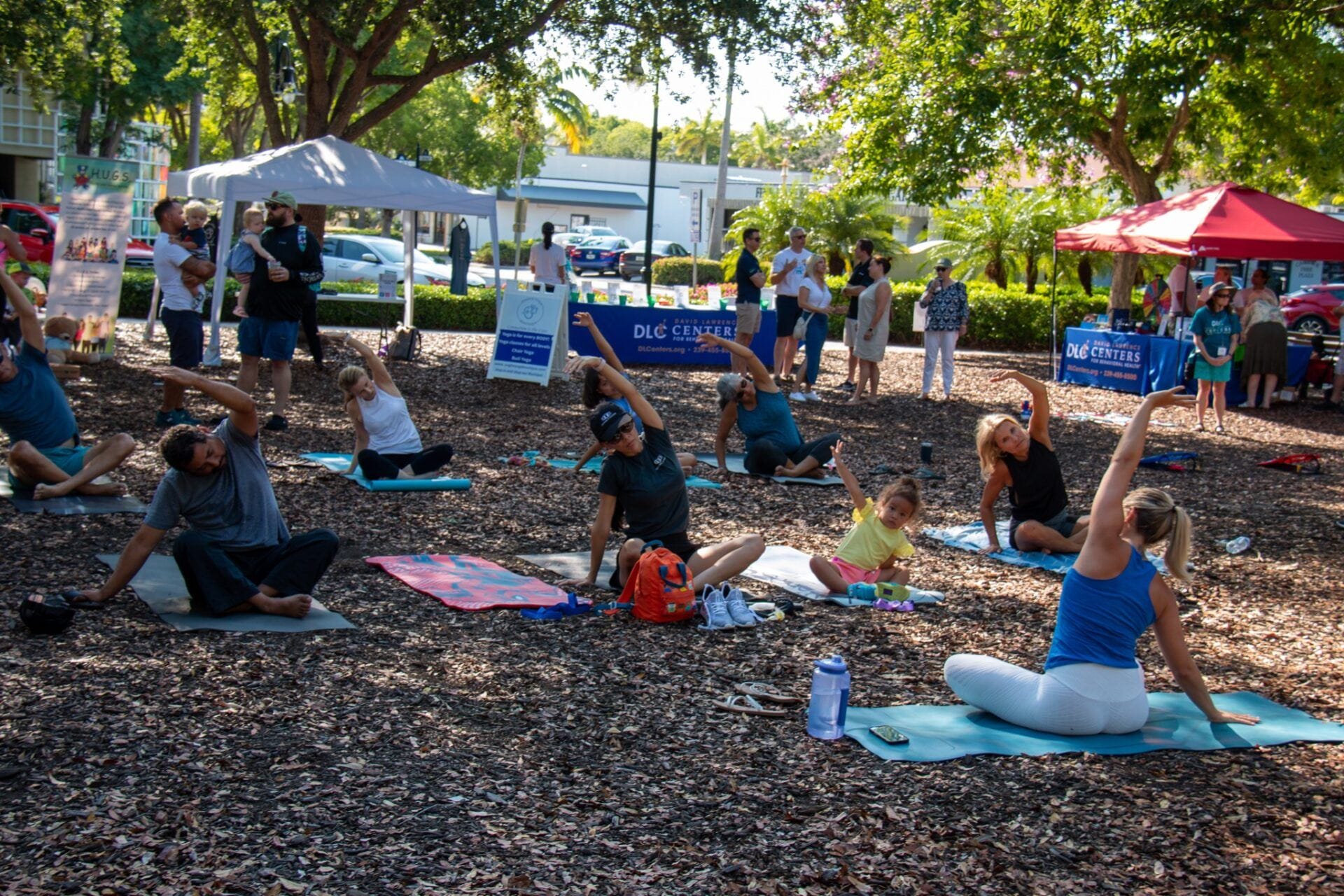
The Future of Substance Abuse Treatment Using Medicaton Assisted Treatment
According to the National Institute on Drug Abuse, the abuse of alcohol, tobacco and illicit drugs costs our nation over $600 billion annually in crime, lost productivity and healthcare. In 2009 alone there were approximately 2.1 million Emergency Room visits related to drug abuse, including the nonmedical use of pharmaceuticals, illicit drug use, and alcohol use in combination with other drugs. An estimated 20.3 million adults aged 18 or older in 2013 had a past year substance use disorder, and of these, approximately 7.7 million had a co-occurring mental illness.
The Crossroads program at DLC is leading the way in providing cutting-edge medication-assisted treatment (MAT) under the supervision of board certified addictionologist Dr. Dana Castro. Treating the whole individual by combining integrated medical monitoring and evaluation with MAT, counseling and behavioral therapy gives our clients their best chance for short and long- term success in achieving and maintaining sobriety.
For people struggling to overcome addiction, the early stages of recovery can be especially difficult. For opioid addicts, for example, sobriety rates traditionally range from 15 to 30 percent a year. However, hospital and university studies demonstrate that medication assisted treatment, used in conjunction with counseling and behavioral therapy, can increase sobriety and decrease relapse rates by 2 or 3 times.
The US Department of Health and Human Services’ Substance Abuse and Mental Health Services Administration (SAMHSA) defines medication-assisted treatment (MAT) as “the use of medications, in combination with counseling and behavioral therapies, to provide a whole patient approach to the treatment of substance use disorders.” MAT is a clinically driven, evidence-based approach with a focus on individualized patient care. In an abstinence-based treatment program such as DLC, this involves the use of one or more of about a half-dozen medications with little or no abuse potential which have been statistically and clinically shown to improve the recovery/success rates relative to psychosocial therapy alone.
There is substantial scientific evidence supporting the fact that MAT significantly improves success rates in the first six months of recovery. Those who make it through this period sober have a good chance at long term success. Medication assisted treatment has been shown to definitively increase the percent of people who maintain abstinence during this critical period. Therefore, the ideal time to start these medications is after Detox, during the second and third week of residential rehab, or from intensive outpatient or outpatient services in select cases. The prescription of these medications will continue usually for 6 to 12 months while the person is finished with their formal treatment plan, but attending twelve step meetings.
“Medication Assisted treatment typically involves the use of one or more of at least six medications (Vivitrol, Revia (Naltrexone), Antabuse, Neurontin, Topamax, and Campral), which are either FDA approved for use in addictions or for which there is scientific evidence in support of their effectiveness in treating addictions. As research into MAT continues, additional medications are being found to have promise. Hence this is a science with proven success, but which is also in a stage of rapid growth and expanding application.”
Each drug is unique and allows the choice of individually tailoring the medication assistance to the patient. These prescriptions are generally covered by insurance, and any out-of-pocket cost is still less expensive than the cost of alcohol or illicit drugs.
In appropriate cases, the use of FDA-approved medications, in combination with evidence-based behavioral therapies, to help people with mental health and substance use disorders recover in a safe and cost-effective manner is a powerful addition to the treatments available at Crossroads.
Jan 19, 2015 | Blog



